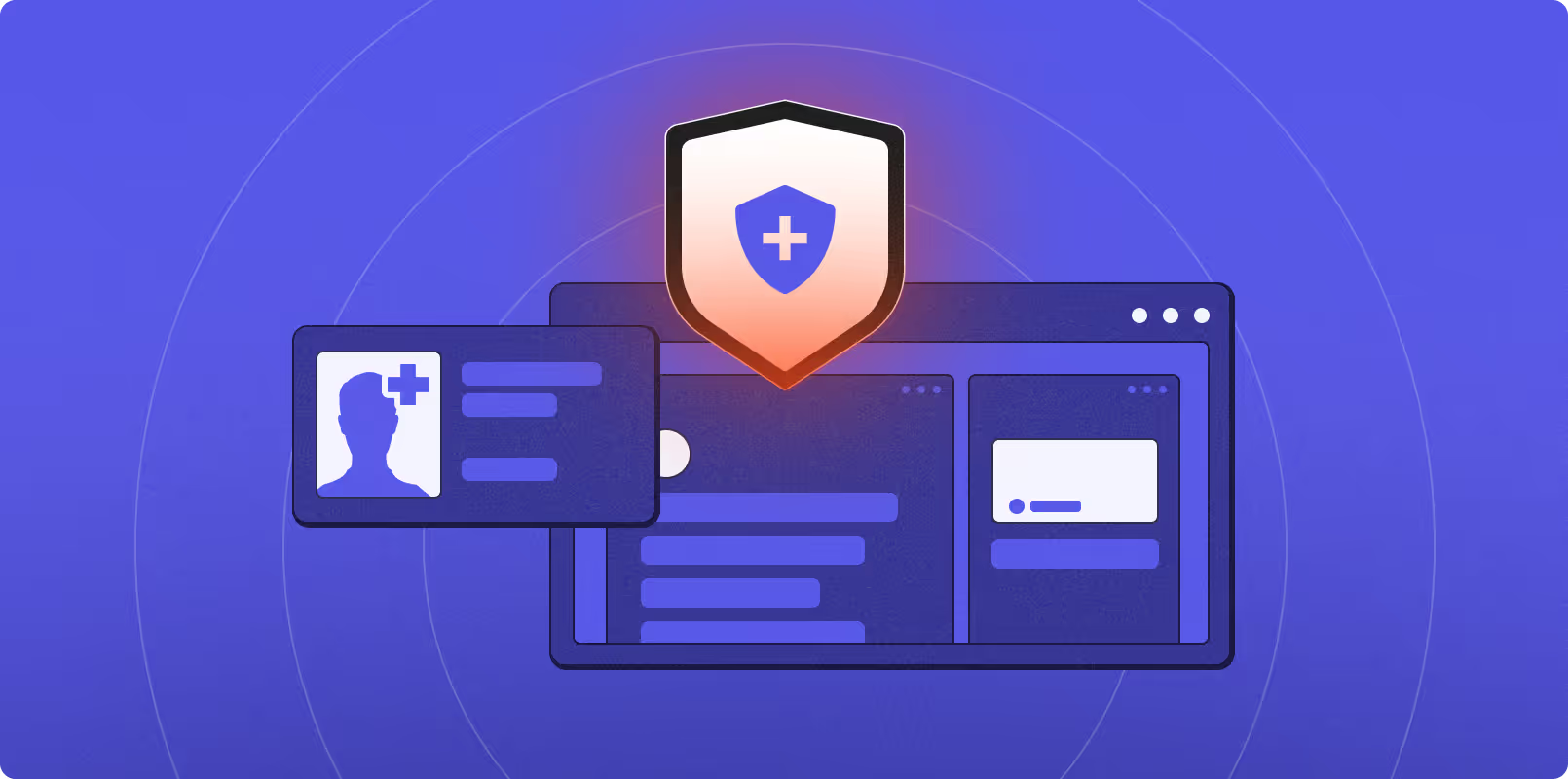

Protect PHI across EHRs and cloud platforms with penetration testing
Achieve HIPAA, and HITRUST while proving security maturity to investors, partners, and enterprise healthcare clients and partners with penetration testing
Top Security Threats Facing Healthcare Organizations
PHI Exposure and Theft
Authentication, access, and injection flaws leak PHI data
- Unencrypted PHI enables large-scale data theft
- Exposed records drive identity fraud risks
Account Takeover
Weak MFA enables unauthorized PHI misuse
- Compromised logins expose patient medical data
- Fraudulent access triggers HIPAA breach penalties
API Authorization Flaws
Broken checks expose sensitive patient information
- Insecure APIs leak medical and billing data
- Missing rate limits enable data scraping
Medical Device Exploits
Insecure firmware endangers patients and privacy
- Unpatched devices enable remote code execution
- Weak encryption exposes telemetry and PHI
Integration Risks
Telehealth connections leak data via weak validation
- Forged webhooks enable unauthorized data submission
- Weak security controls expose patient records
HealthTech Security In Numbers
$7.42M
The healthcare industry suffered the highest average breach cost in 2025
41.2%
of all third-party breaches impacted healthcare organizations
133M
healthcare records were exposed or disclosed in 2023
What You Get with Software Secured’s Healthcare Penetration Testing
Experienced, manual-first testers validate PHI protection and care-critical workflows across apps, APIs, and cloud. Deliverables include reproducible proof, prioritized remediation, and retesting that demonstrates measurable improvement.
Healthcare Pentest Plan
App & API Assessment
Cloud & PHI Protections
Portal Remediation Tools
Audit & Procurement Evidence
Real Results for Healthcare Companies
“Focusing on SOC 2 compliance means I’m constantly balancing security and compliance requirements. Knowing we selected a Canadian pentest partner who actually cared about us meeting our SLAs and learning more about secure coding practices made the work feel less lonely. Like we had a partner we could depend on.”
high growth startups, scaleups and SMB trust Software Secured






"Their team delivered on time and was quick to respond to any questions."
Trusted by high-growth SaaS firms doing big business
Our Penetration Testing Process
We make it easy to start. Our team handles the heavy lifting so you can focus on keeping your attack surface protected without the headaches.
Consultation Meeting. Our consultants span five time zones. Meetings booked within 3 days.
Customized Quote. Pricing tailored to product scope and compliance needs. Quotes delivered within 48 hours.
Pentest Scheduling. Testing aligned to your release calendar. Scheduling within 3-6 weeks - sometimes sooner.
Onboarding. Know what to expect thanks to Portal and automated Slack notifications. Onboarding within 24-48 hours.
Pentest Execution. Seamless kickoff, and minimal disruption during active testing. Report within 48-72 hours of pentest completion.
Support & Retesting. Request retesting within 6 months of report delivery. Auto-scheduled within 2 weeks.
“I was impressed at how thorough the test plan was, and how "deep" some of the issues were that their testing uncovered. Also, the onboarding process was simple and painless: they were able to articulate exactly what they needed from us, and showed a clear understanding of the product they would be testing during our initial demo”
Security Made Easy Get Started Now
Frequently Asked Questions
How does pentesting help with HIPAA without being a certification?
Pentesting provides evidence that your safeguards work. Findings and retest results support HIPAA risk analysis and remediation, strengthening security attestations during audits and procurement.
Can you assess patient portal security without disrupting care?
We prefer testing on staging or UAT environments. Risky actions are coordinated, throttled, and safety-checked so evidence is useful without impacting availability or patient access.
How do you protect PHI during testing?
Testing on staging or UAT environments solves that problem since these environments usually don’t contain PHI. If need be, we can sign your Business Associate Agreement (BAA).
What deliverables will our teams receive?
Engineer-ready findings with impact, steps to reproduce, evidence, and remediation. Executive summaries and compliance mappings help leadership, auditors, and hospital buyers make faster decisions.
Do you test mobile apps and telehealth workflows?
Yes. We assess authentication, session handling, TLS pinning, certificate validation, and API interactions for patient and clinician apps, including recording and media paths in telehealth.






